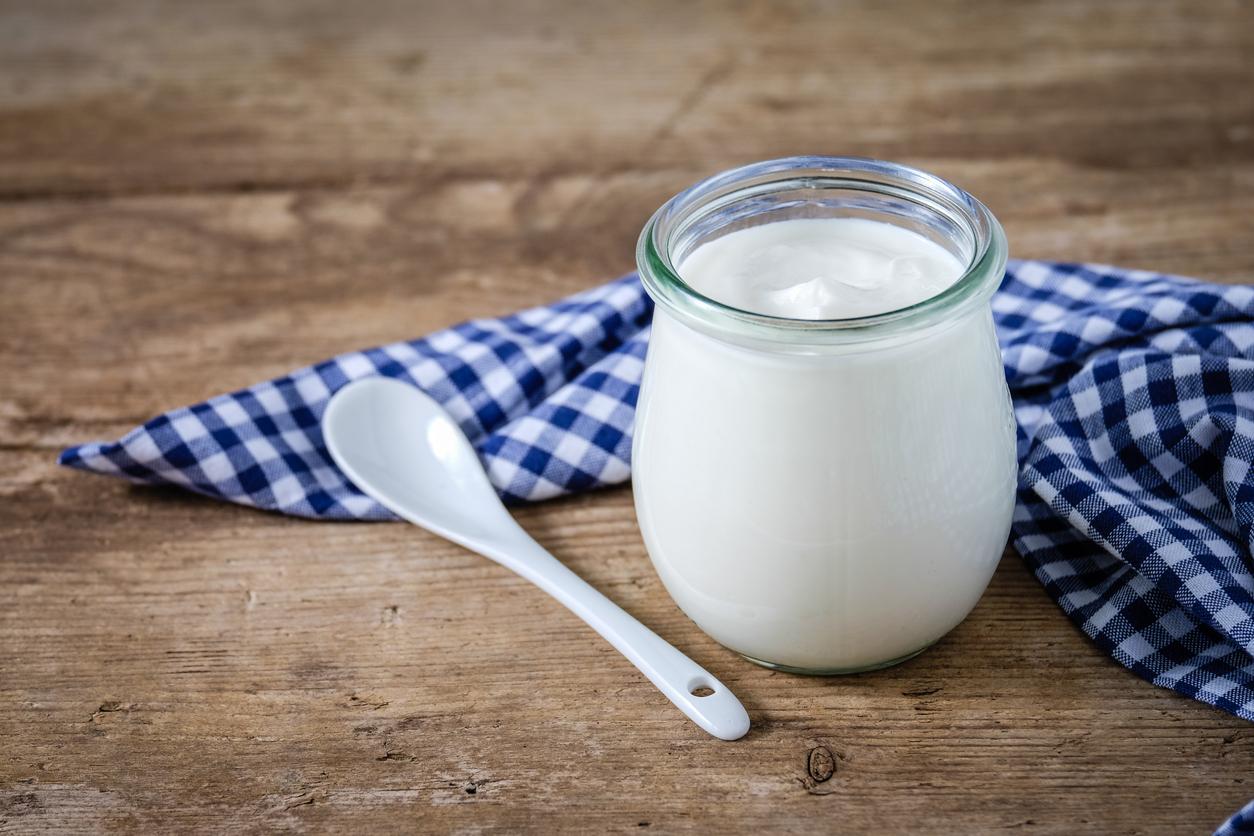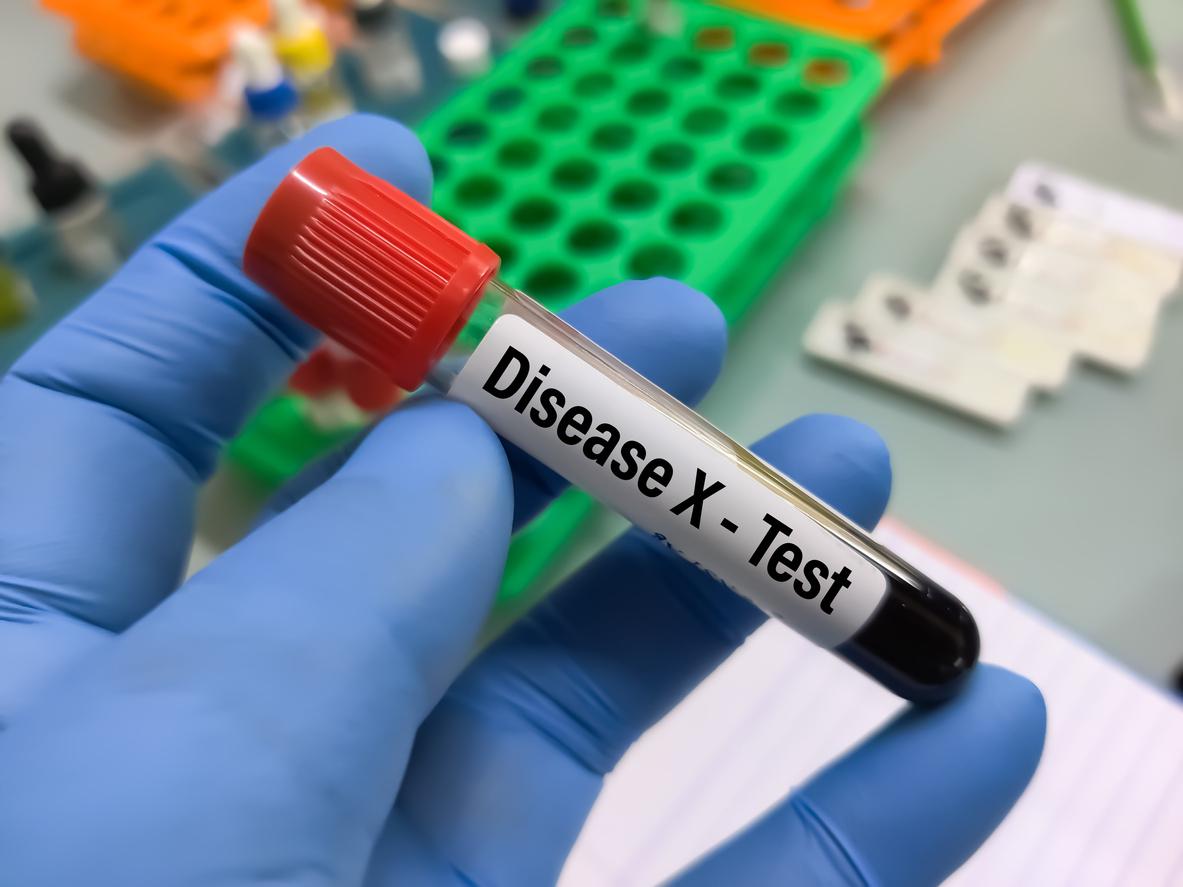THE dietary fiber are found in plant foods such as fruits, vegetables, legumes, nuts, seeds and whole grains. They are essential for gut health and are also associated with a reduced risk of chronic diseases such as cardiovascular disease, type 2 diabetes and certain cancers. And their benefits don’t stop there.
In a new study published in the journal Nutrientsresearchers have shown that every plant source of insoluble fiber contains unique bioactivesoffering potential health benefits beyond those of the fiber itself.
What is the difference between soluble fiber and insoluble fiber?
Different fibers provide different health benefits depending on their properties. There is also a distinction between soluble and insoluble dietary fiber. THE soluble dietary fiber form a viscous gel that slows the digestion and absorption of sugars and fats. They thus help to reduce cholesterol and blood sugar. As to insoluble dietary fiber, they increase the volume of stools and facilitate intestinal transit. They also help prevent constipation and diverticulitis.
During their research, the researchers focused on the insoluble fiber content of plant foods and linked it to bioactives that have been linked to disease prevention.
Fibers, fibers… but not only that!
“People understand the need for fiber and its connection to gut health – an area of wellness that is becoming increasingly important as scientific research continues to reveal its impact on overall health and wellness“said Joanne Slavin, co-author of the paper and professor in the College of Food, Agricultural and Natural Resource Sciences at the University of Minnesota.”But our research indicates that we need to ensure that the other valuable components of fiber-containing plant sources – the bioactive – are also recognized as providing valuable benefits for human health“, she adds.
According to researchers, our ancestors could have consumed up to 100 g of fiber per day, which would have made it possible to obtain important protective compounds in the body. disease prevention. These compounds include quercetin, resveratrol, catechins, anthocyanins, lutein, lycopene and beta-carotene.
Those are flavonoidsa type of polyphenol with many potential health benefits, including slowing cellular aging and improving cognitive health.
Plant sources to enrich processed foods
According to the authors of the study, the processed foods could be enriched with plant sources containing bioactives and insoluble dietary fiber in order toincrease their nutritional value. This could allow consumers to eat more fruits and vegetables without having to change their eating habits.
“Lhe suggestion of eating more fruits and vegetables isn’t a new idea, but it’s something most people still struggle to do“said Jan-Willem Van Klinken, co-author of the study and senior vice president of medical, scientific and regulatory affairs at Brightseed. “If we can offer widely accessible fiber-enriched products which have been developed to enhance the bioactive content rather than negating it, we can provide consumers with increased nutritional value,” she explains.
Note that further research is needed to identify optimal extraction and processing methods to preserve the effectiveness of bioactive compounds.
“The results of this research may constitute a paradigm shift in how the food and health industries, as well as consumers, view insoluble dietary fiber and bioactives“said lead author Madeline Timm, who co-wrote the study.”Continued research and inclusion of bioactives in foods and dietary supplements can have a real impact on human health“, she concludes.
Source : Beyond Insoluble Dietary Fiber: Bioactive Compounds in Plant Foods, NutrientsSeptember 2023

















